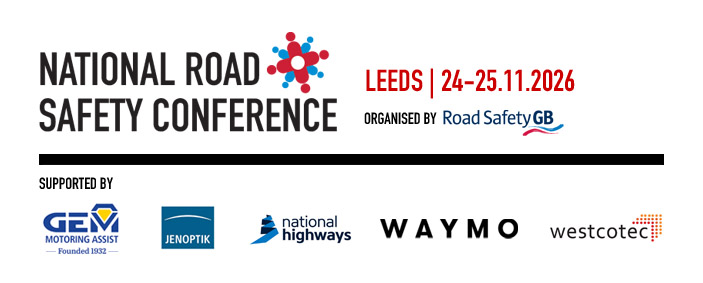Beyond Collision Counts: A Behavioural Approach to Evaluating Road Safety Interventions
Measuring safety outcomes in fast-moving, complex environments is notoriously difficult - especially when incidents you would traditionally measure are rare. This presentation introduces a practical, behaviour-led evaluation method developed by SoMoCo for Transport for London (TfL).
TfL needed clarity on whether new pedestrian crossings at a busy London bus station were effectively improving pedestrian safety. Following a behavioural audit by SoMoCo, TfL installed Green Person Authority crossings, after the audit found that standard Puffin Crossings were unlikely to have the desired impact at this high-footfall site.
To evaluate whether safety outcomes had improved following installation, CCTV footage was used to identify near misses and safe crossings, with real-time video analytics of pedestrian movements. Matched time windows controlled for external factors, and a logic model explicitly linked observed pedestrian behaviours to desired safety outcomes.
By measuring behaviour directly - instead of waiting for infrequent serious incidents – the researchers were better able to detect early indicators of improved safety. This proactive, behavioural evaluation method provides a robust alternative to collision-based evaluations, especially in high priority settings where incidents are rare but need for safety improvements is paramount.
The session will offer attendees practical guidance on designing real-world behavioural evaluations, outline common evaluation pitfalls (such as unclear definitions or poor data matching), and highlight the approach’s broad applicability. This framework is highly transferable to diverse contexts, including road safety, active travel and urban infrastructure interventions.
 Dr Holly Hope Smith, Head of Behavioural Science, SoMoCo
Dr Holly Hope Smith, Head of Behavioural Science, SoMoCo
Dr Holly Hope Smith is Head of Behavioural Science at SoMoCo and a Research Fellow at the University of Manchester. Holly specialises in applying behavioural science methodologies to transport safety and urban mobility challenges.
She has led influential evaluation projects across the UK, pioneering methods to measure behaviour change and improve intervention effectiveness in real-world, high-risk settings.
